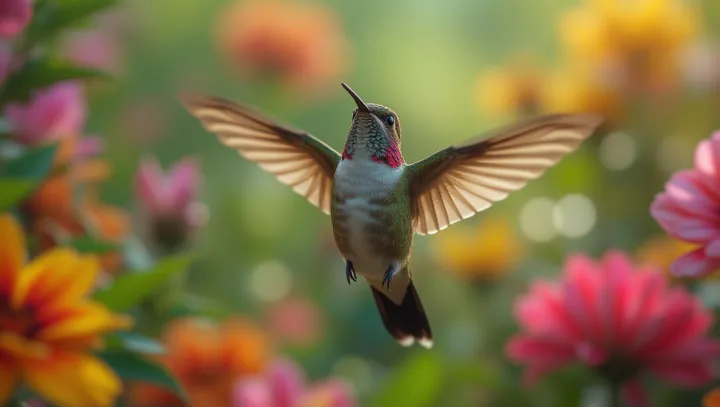Hummingbirds: Nature's Intricate Marvels in Flight

In the diverse landscapes of the Americas, ranging from alpine meadows to tropical forests, hummingbirds captivate researchers and bird enthusiasts alike. Known for their iridescent plumage and acrobatic flight patterns, these small birds are a marvel of nature’s engineering. Recent studies conducted at the University of California reveal the hummingbird's unique ability to hover, thanks to their rapid wing beats—often exceeding 50 beats per second.
This remarkable capability allows scientists to explore the intricate balance of energy expenditure and mechanical efficiency. Beyond their flight mechanics, hummingbirds play a critical ecological role as pollinators. In regions like the Andes, they facilitate the pollination of numerous plant species, thus maintaining biodiversity.
Dr. Emily Hayward, a leading ornithologist, states, 'Hummingbirds are essential to many ecosystems; understanding them could help in conservation efforts.' As the climate continues to change, these tiny avian wonders face new challenges, prompting researchers to further investigate how shifts in their distribution could impact ecological networks. Protecting their habitats remains crucial, with ongoing studies underlining the need for sustainable environmental policies.
